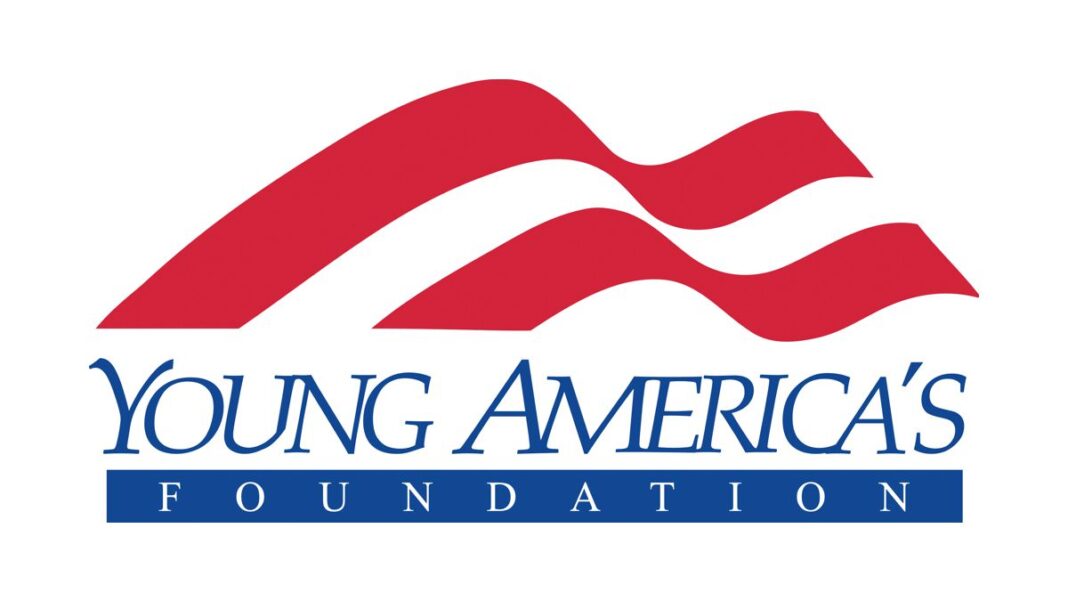By now, just about everyone has heard about the Silicon Valley Bank failure. The video below describes it as well as any about the details of the collapse. Take note in the video, especially the notion that the speed of interest rate rises leads to the bank collapse.
The first thing of note is that Treasury Secretary Yellen initially implied that the US Government guarantees ALL US bank deposits. How much is this? See the chart below – it’s massive.
When Yellen realized what she had said, she backed away from the idea later. Yellen then says not all uninsured deposits will be protected in future bank failures – see here and see her bumbling explanation below.
Lankford: "I'm concerned you're…encouraging anyone who has a large deposit at a community bank to say, we're not going to make you whole, but if you go to one of our preferred banks, we will make you whole."
— CSPAN (@cspan) March 16, 2023
Yellen: "That's certainty not something that we're encouraging." pic.twitter.com/8BFqnC5vdp
So let’s get into those 30 trillion reasons why the SVB bank failure could detonate a financial collapse. The first thing to understand is how bond pricing works – most traders already know this, so sorry for this explanation. Bond prices and interest rates are inversely related, with increases in interest rates causing a decline in bond prices – and visa versa.
See this phenomenon in the infographic below. Note in the below example that if interest rates are at 2% and rise to 4% – bond prices would fall by 50% – and visa versa.
Hence, when looking at, for example, the US 30-year Treasury Bond interest rates in the chart below, the interest rate went from 1.75% to over 4%, starting in 2022 to 2023. This doubling of the interest rate, as in our example above, would cause the bonds purchased at the start of 2022 would be worth 50% less by the end of 2023 on a mark-to-market basis.
The next question one must ask is just how many bonds are out there. Looking at perhaps not current data (but close enough for our purposes – see here), the total global bond market is in excess of $120 trillion dollars. See this in the chart below.
One has to remember that, though the SVB failure was about the US government bonds, this bond rate vs. price phenomenon is the same – understanding that the private bond rates mirror public bond rate movements. The other thing is that banks at the level we are talking about are international. This rapid rate rise occurred internationally – the Fed’s rapid rate-raising policy is mirrored across global central banks.
Hence, the SVB failure principles can be seen systematically internationally and in other public and private bond markets. And therefore, when looking at potential systematic risk in the global banking system, we must look at the entire global bond market.
With the recent explosion in all bond issuances globally, nearly 50% of bonds today are less than a few years old and issued at nearly half the rate that it is today. See this in the chart below.
Doing some really rough math and using the above rough analysis, what is the potential banking hole in the global banking system? If half of the $120 trillion global bond assets were issued at half the current rate – this would mean the global banks are sitting on a potential $30 trillion mark-to-market bond loss.
Do the global banks have enough capital to cover this potential $30 trillion hole in their mark-to-market balance sheets? The answer is – no. The total market capital value is around $7.5 trillion – as seen in the chart below.
What is not included in this analysis is whether this rate risk being described has been properly hedged (generally via derivatives). This would lessen the potential risk. The other thing to remember is that this potential risk would only be exposed if an event would cause a bank run. If given time, banks could begin to unwind these positions – how much time is needed would be hard to estimate.
Perhaps Peter Schift is right when he says that the global banks are effectively mostly insolvent. See his comments in the video below.
The understandable question in the minds of many investors and savers: Which other banks are at risk? Perhaps a difficult question and will be a moving target as the crisis develops – in any case, the following below is Morningstar’s current view of who may be next at this date.
Things to watch going forward: a) will the Fed pause rate hikes (watch 2-year treasuries rates)? b) the BTFP usage (will banks be forced to run to the Fed indicating contagion), and c) international contagion (i.e., Credit Suisse and potentially others).
One needs to be reminded again that this potential issue would only be exposed in a “black swan” event that would initiate a bank run. One could speculate what this event would look like. Give us your take on what kind of event could do this in the comment section below.








